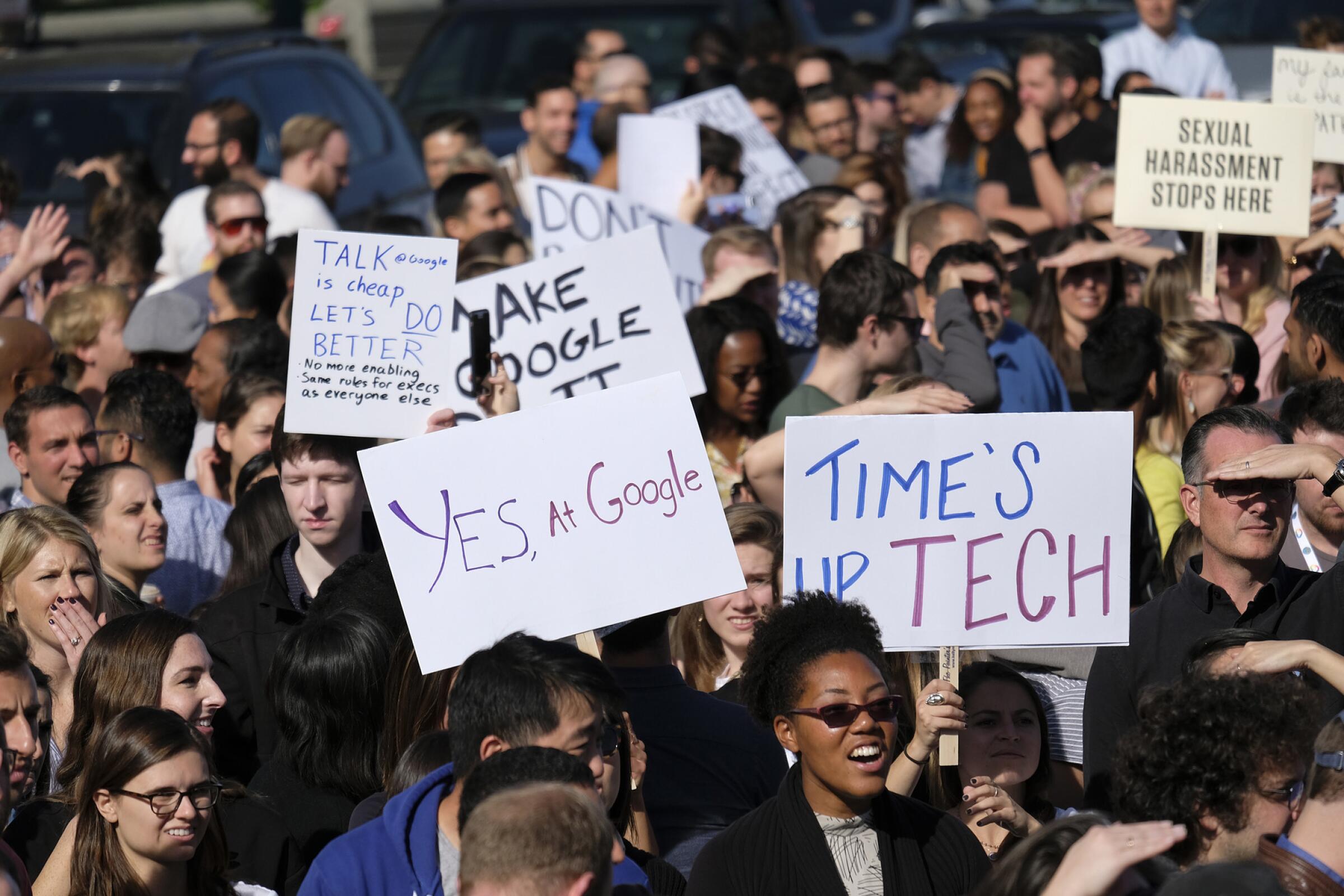Follow Us
Johana Bhuiyan is a former investigative reporter on the Business desk at the Los Angeles Times. She covered the technology industry with a focus on accountability. Bhuiyan, who previously reported on the future of transportation for more than four years, is particularly interested in interrogating how tech impacts real people as well as civil liberties. Based in San Francisco, Bhuiyan previously worked at Recode as a senior editor; prior to that, she worked at BuzzFeed News and Politico NY.






